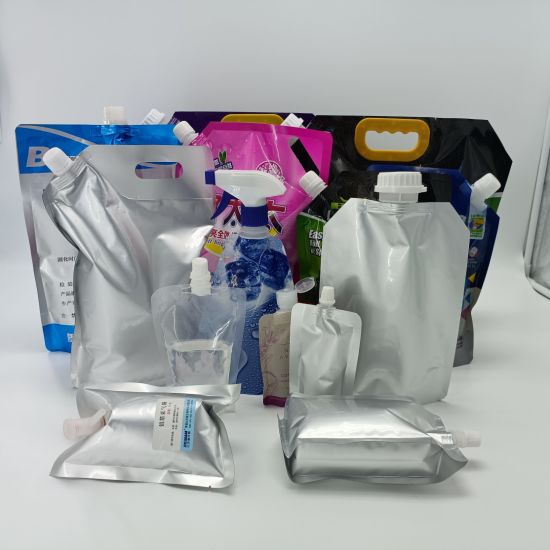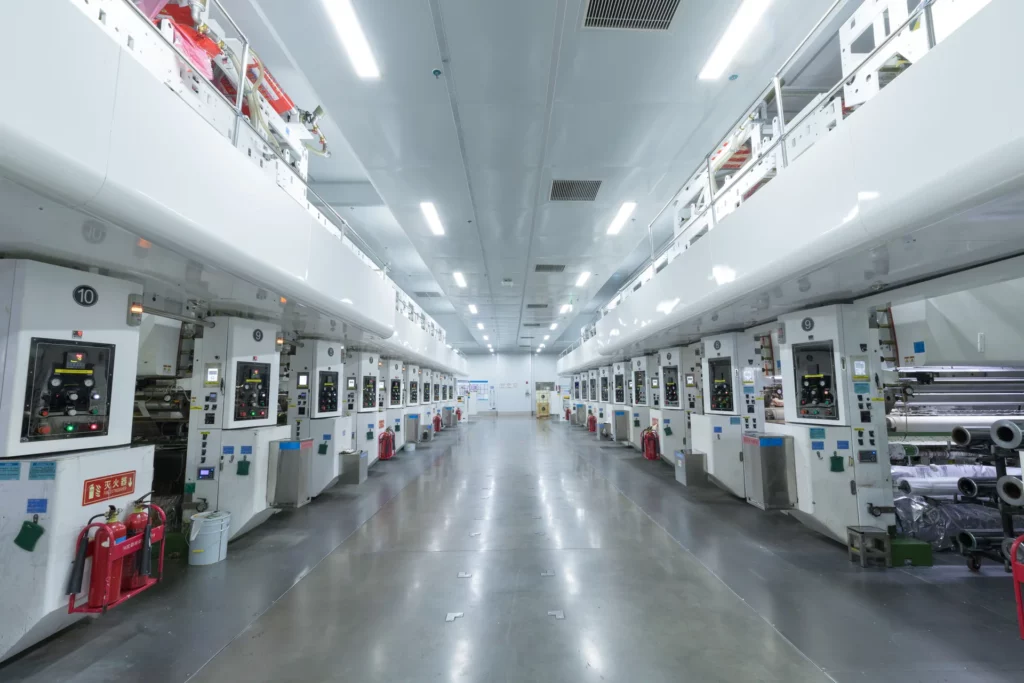Holen Sie sich kostenlose Muster
Holen Sie sich kostenlose Muster
Flexible packaging is an ever-evolving industry, pushing boundaries to meet consumer demands and environmental considerations. It is no longer just a way to contain a product; it's an extension of the brand and an essential part of the product experience. This guide aims to unpack the types, applications, properties, and sustainability of flexible packaging materials.

Plastics dominate the flexible packaging sector because of their versatility, lightweight, and low cost. Materials like polyethylene, polypropylene, and polyester are widely used for a variety of products, from food items to cosmetics.
Aluminum foil offers excellent barrier properties and is commonly used for sensitive items such as pharmaceuticals or premium food products. However, its environmental impact is a point of concern.
Although less protective than plastic or foil, paper-based flexible packaging is gaining traction due to its recyclability and biodegradability. It's an excellent choice for dry products like sugar, flour, and spices.
Materials like polylactic acid (PLA) derived from corn or sugarcane are emerging as a sustainable alternative to traditional plastics. These bio-based materials are compostable and provide good barrier properties.

Flexible packaging is essential in the food industry for preserving the freshness and extending the shelf life of various products like meat, snacks, and frozen foods.
Sensitive pharmaceutical products require specialized flexible packaging solutions that offer strong barrier properties against moisture, light, and oxygen.
Lotions, creams, and other personal care products often come in squeeze tubes or sachets made from multi-layer flexible packaging materials to maintain product integrity.
Flexible packaging also has wide-ranging applications in the industrial sector, especially for packing bulk items like chemicals, adhesives, and coatings.
Barrier qualities are crucial for preserving the contents, especially for perishable goods and pharmaceuticals. Materials must protect against factors like moisture, oxygen, and light.
Flexible packaging needs to withstand various stress factors such as transportation, handling, and temperature fluctuations without compromising the product inside.
The look and feel of the packaging play a significant role in consumer decision-making. High-quality printing options are available to make flexible packaging visually appealing.
One of the major advantages of flexible packaging is its lightweight nature, which cuts down transportation costs and the overall carbon footprint.
The move towards recyclable flexible packaging materials is gaining speed, fueled by consumer demand and new legislation.
Biodegradable options like paper and bio-based plastics are making inroads, offering a more sustainable end-of-life scenario for the packaging.
Flexible packaging often uses fewer resources in production, storage, and transportation compared to rigid packaging options, making it a resource-efficient choice.

QR codes, NFC chips, and other smart technologies are being integrated into flexible packaging to offer added value like product information and authentication.
Technologies like moisture absorbers and oxygen scavengers are being incorporated to extend the shelf life and maintain the quality of the products.
The modern consumer is looking for convenience, sustainability, and value, driving innovation and trends in the flexible packaging industry.
Governmental regulations are pushing the industry towards more eco-friendly solutions, influencing material choices and recycling initiatives.
Flexible packaging is a dynamic field, adapting to meet various challenges from consumer demands to environmental concerns. Understanding the materials and their properties can help brands make informed decisions that align with both their marketing goals and sustainability commitments.
So, as you navigate through the world of flexible packaging materials, this guide should serve as a comprehensive resource to make informed decisions. Isn't it fascinating how something as seemingly simple as packaging can be so complex and impactful?
